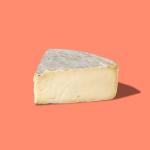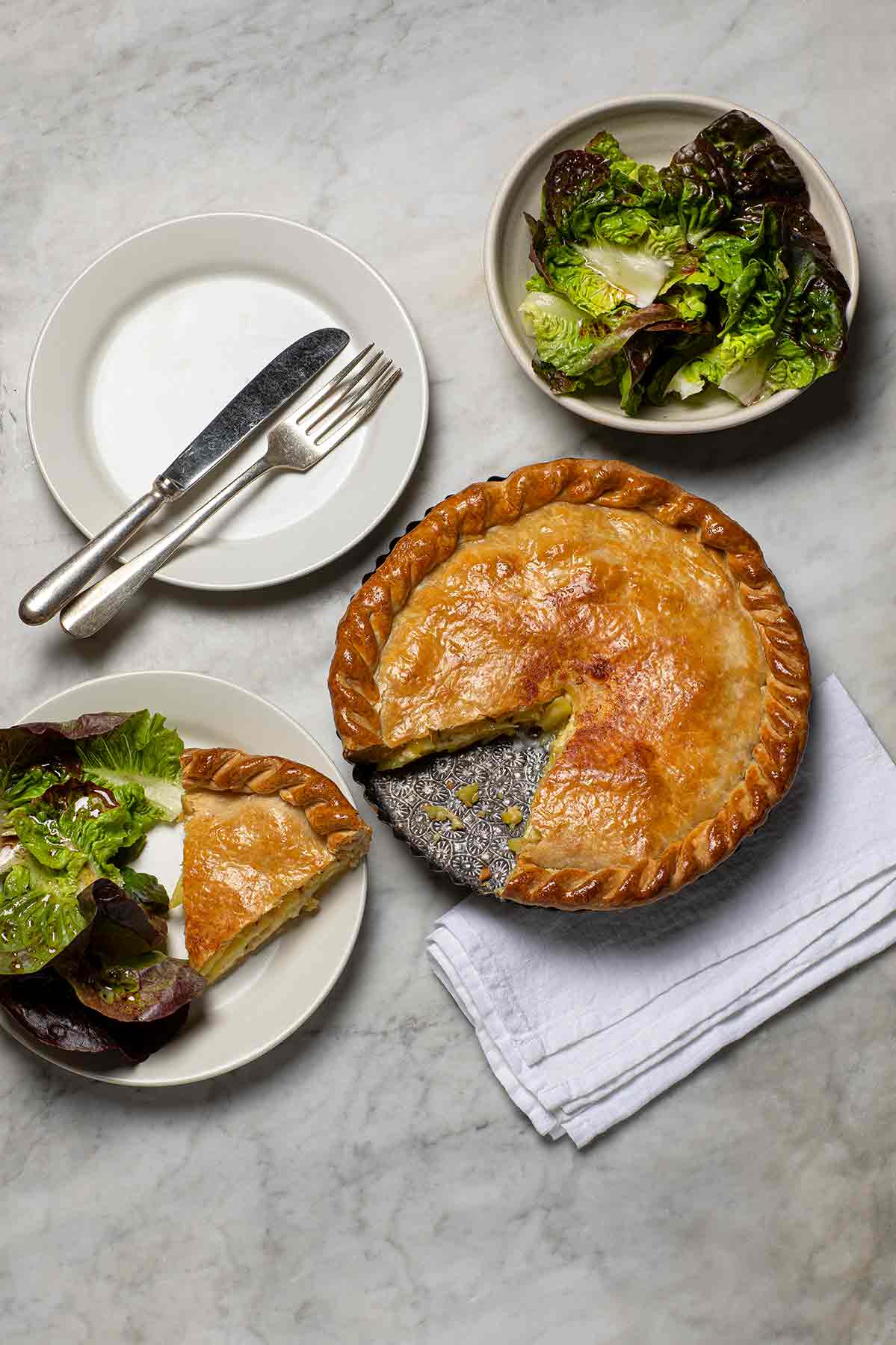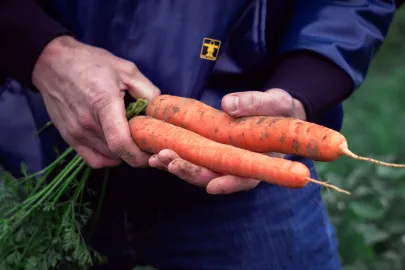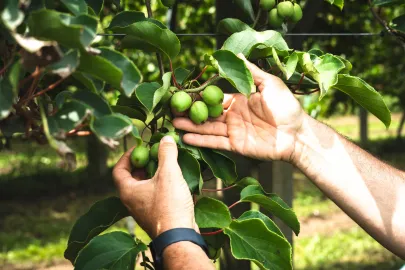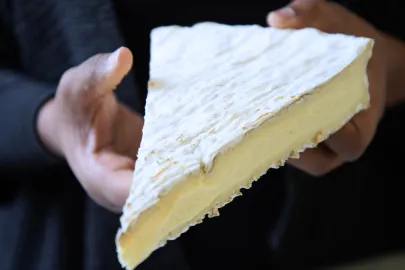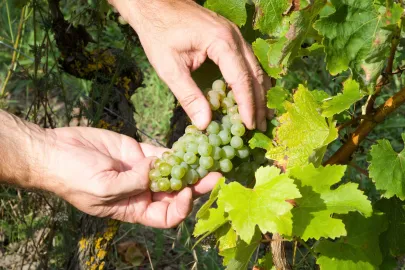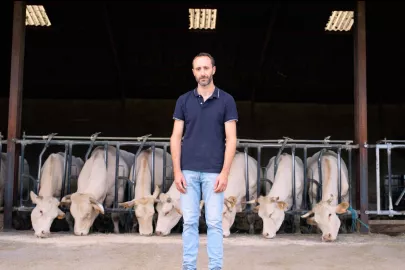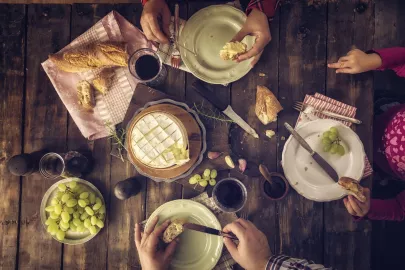For five generations, the Bertinet family has crafted farmhouse Saint Nectaire cheese from unpasteurized cows milk. The cheese with a grayish rind has become one of the best symbols of France. An interview and quick tour of the cheesemaking operation with Patricia Bertinet and her son-in-law Nicolas, who is poised to take the reins.
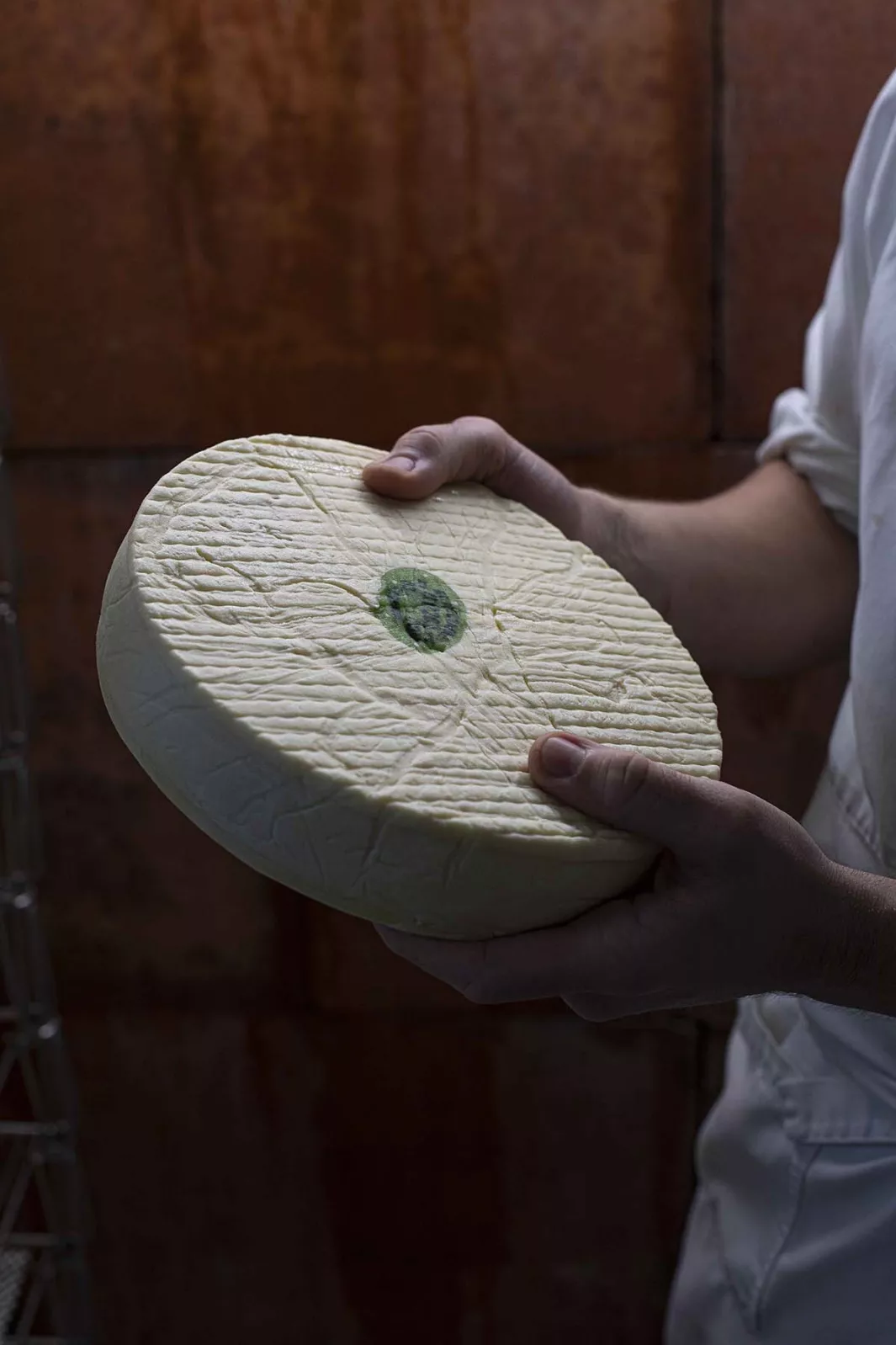
Two PDOs
Saint Nectaire is the leading farmhouse PDO inEurope, with more than 14,000 tons sold in 2017. The "farmhouse cheese" designation means that the milk must come from a single herd, unlike the "dairy PDO" label, whose products are made in a dairy with pasteurized milk from a variety of sources. In all cases, the cheese is produced in one of the smallest designation of origin areas in Europe ‒ just 69 townships, all of which are in the mountains in the administrative departments of Puy-de-Dôme and Cantal, within the Auvergne Volcanoes Regional Nature Park to the west of Lyon. Other distinctive feature of the PDO is the precision of its measurements: 21 centimeters in diameter and 5 centimeters tall!
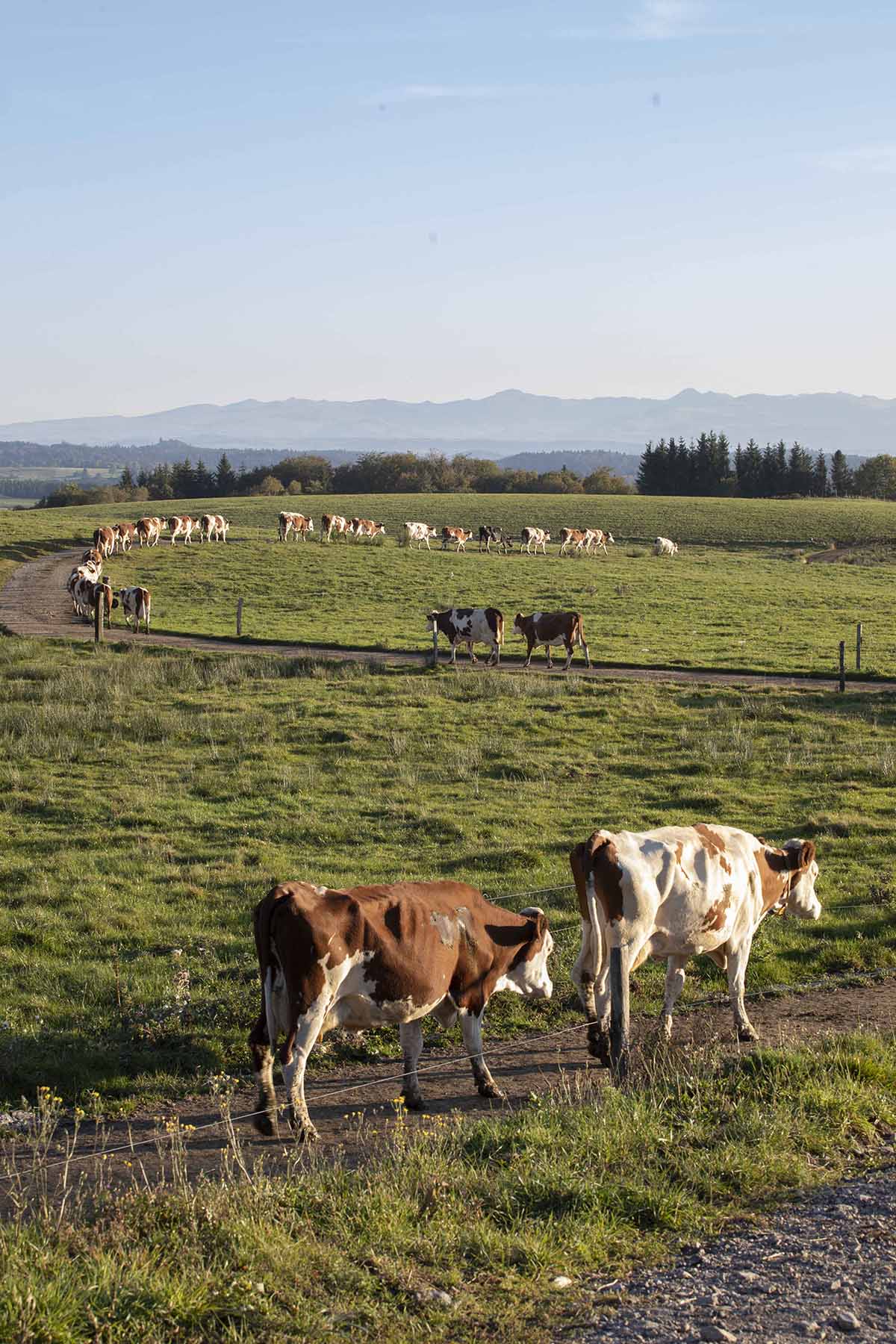
© ©PhILIPPE VAURÈS SANTAMARIA
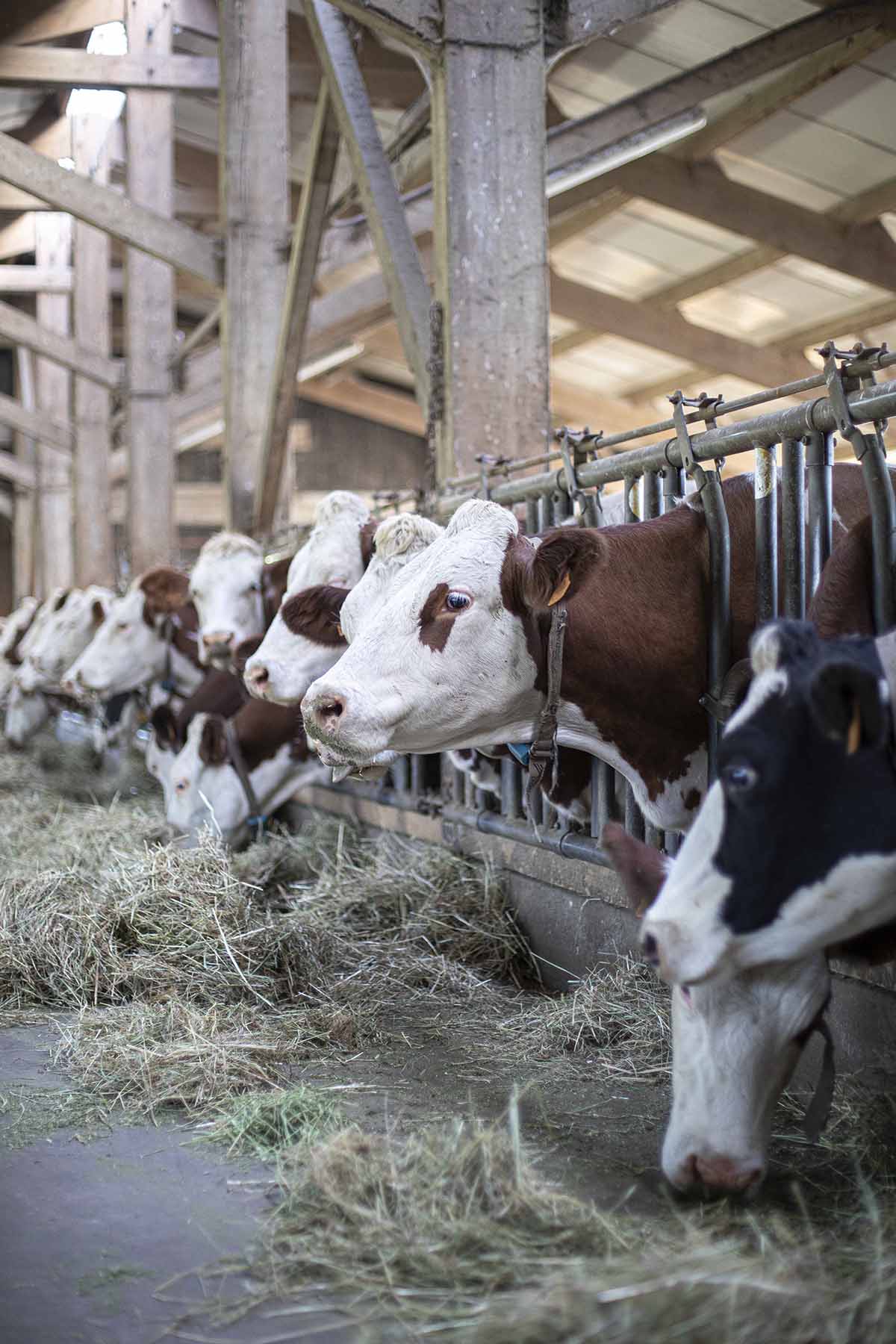
© ©PhILIPPE VAURÈS SANTAMARIA
Attention to detail
At the Bertinet's collective farming operation, Saint Nectaire is a family affair. At this point, five generations have devoted themselves to crafting this round, unpasteurized cheese in accordance with ancient techniques and animals. On their farm perched at an altitude of 3,300 feet, the cows have access to nearly 250 acres of pasture where they are free to roam for at least six months each year ‒ until the first frost. The Bertinet family has carefully tended to the quality of the forage, because it is closely linked to the quality of the milk and ultimately the cheese. Better still, the family practices plot rotation to ensure the heifers always have grass at the perfect height.
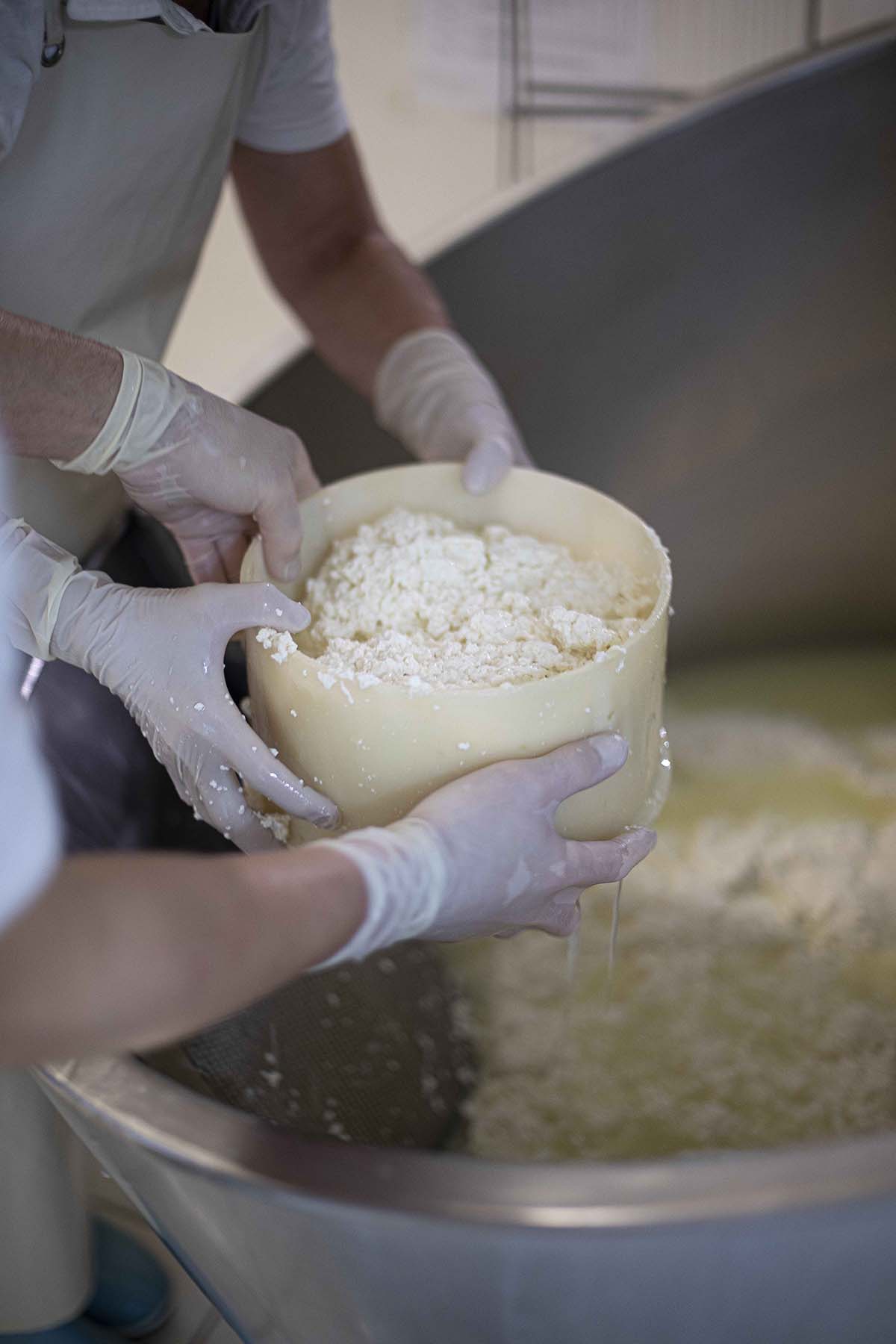
© ©PhILIPPE VAURÈS SANTAMARIA
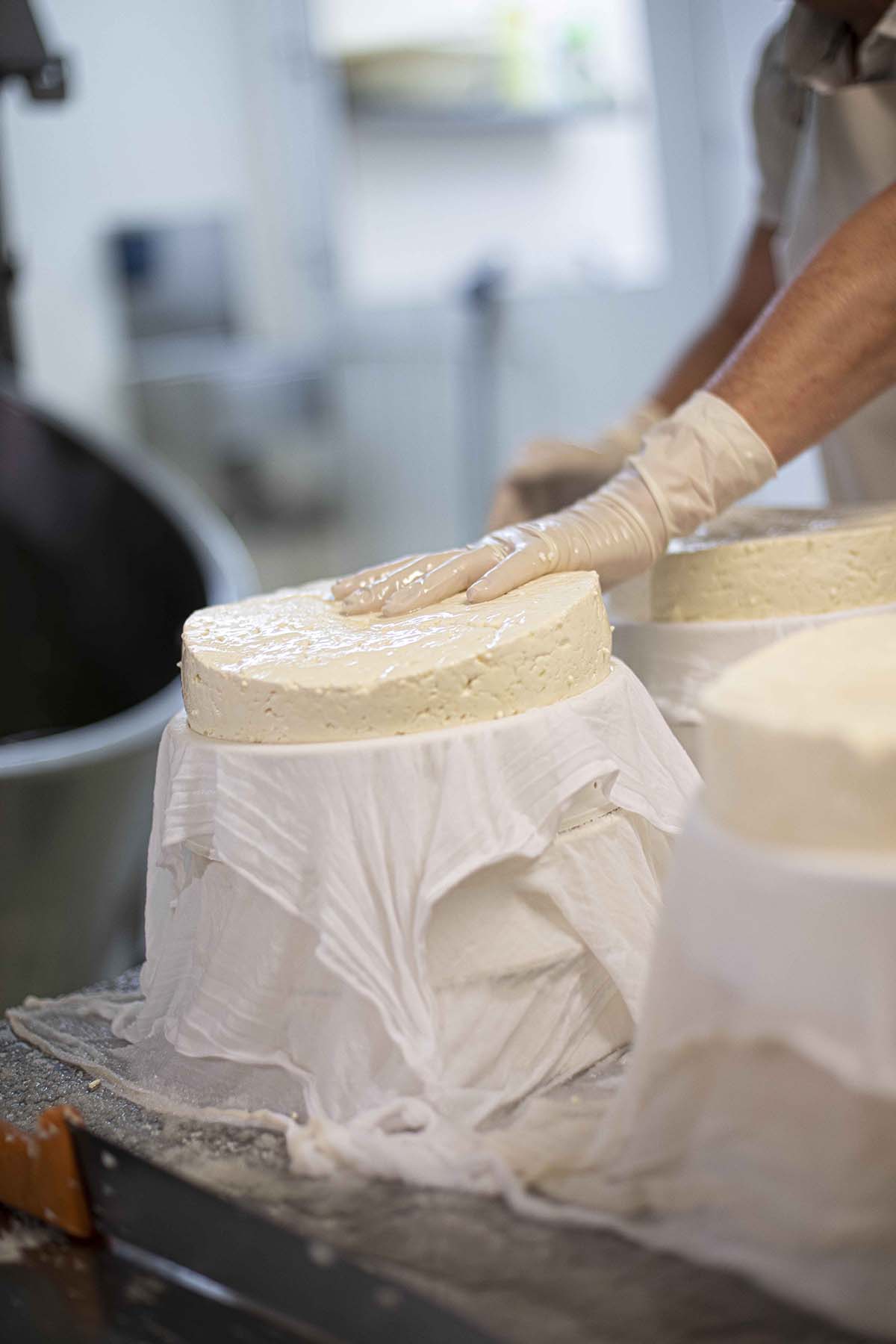
© ©PHILIPPE VAURÈS SANTAMARIA
A slow transformation
Today, Patricia Bertinet and her son-in-law Nicolas ‒ with help from several employees ‒ set about the task of turning the milk into cheese twice a day, at 4 am and again at 5 pm. In the midst of a splendid vista with the Sancy Massif to the east, the Cantal mountains to the south and Corrèze to the west, every day they make about 60 Saint Nectaire cheeses, each of which takes 13 to 14 liters of milk. Right after the cows are milked, the still-hot milk is renneted to make it coagulate. The resulting curd is sliced, strained to remove the whey, then molded. These fresh Saint Nectaire cheeses are salted on both sides with coarse salt. Next, each cheese is carefully wrapped in a damp linen cloth and returned to its mold. Now the pressing stage begins, which naturally finishes the draining process.
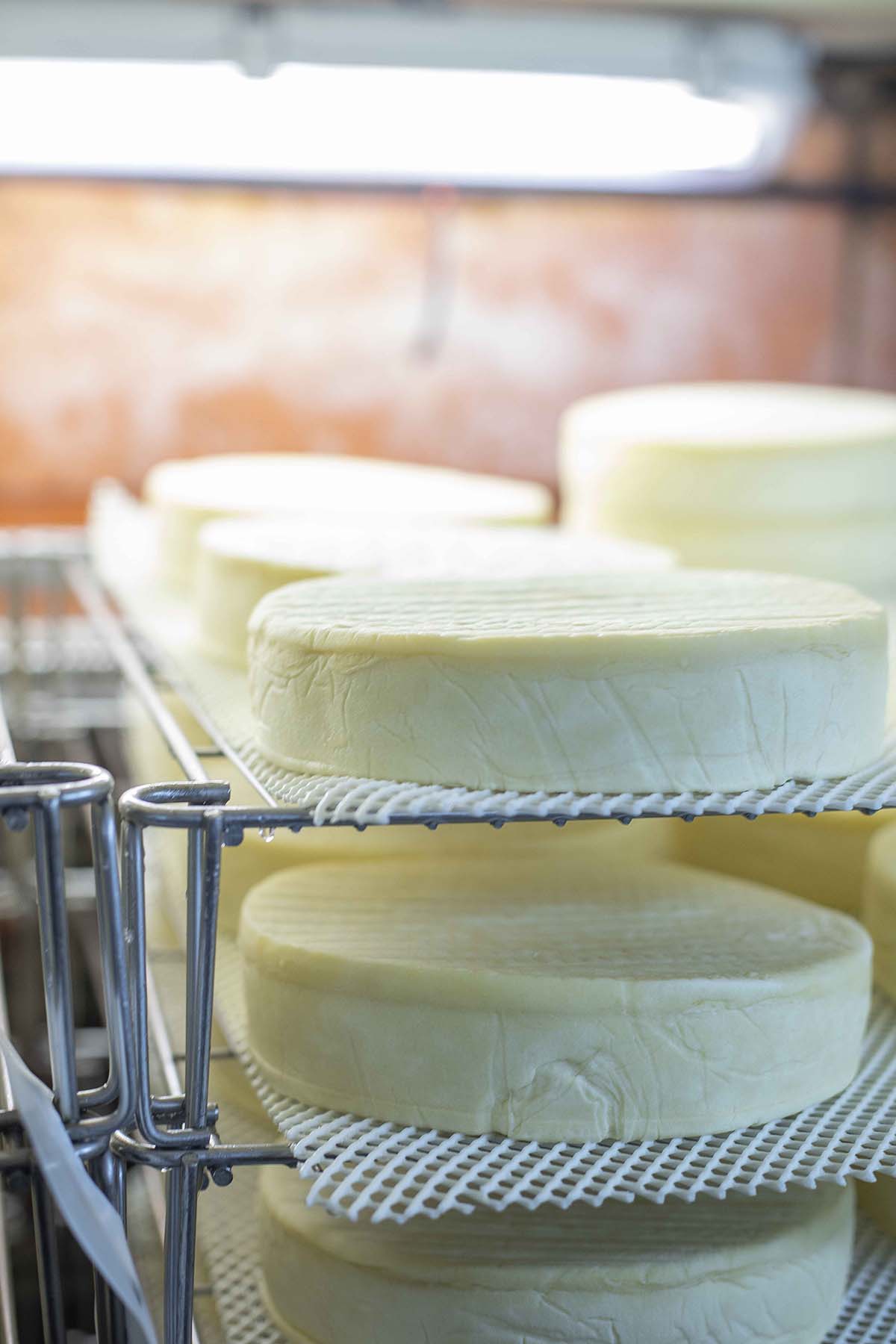
© ©PhILIPPE VAURÈS SANTAMARIA
When the Bertinet family's cheeses are unmolded, they are stored in an aging room. The room is intentionally humid to encourage the subtle ripening of the cheese. Nicolas shows us the rounds of Saint Nectaire that will rest here for at least 28 days on rye straw to help regulate the moisture level. When the cheeses have ripened, they are shipped to the best cheese shops of France and beyond. Perfect on slices of whole-grain bread with a glass of red Chinon, Pomerol, or even an off-dry hard cider!
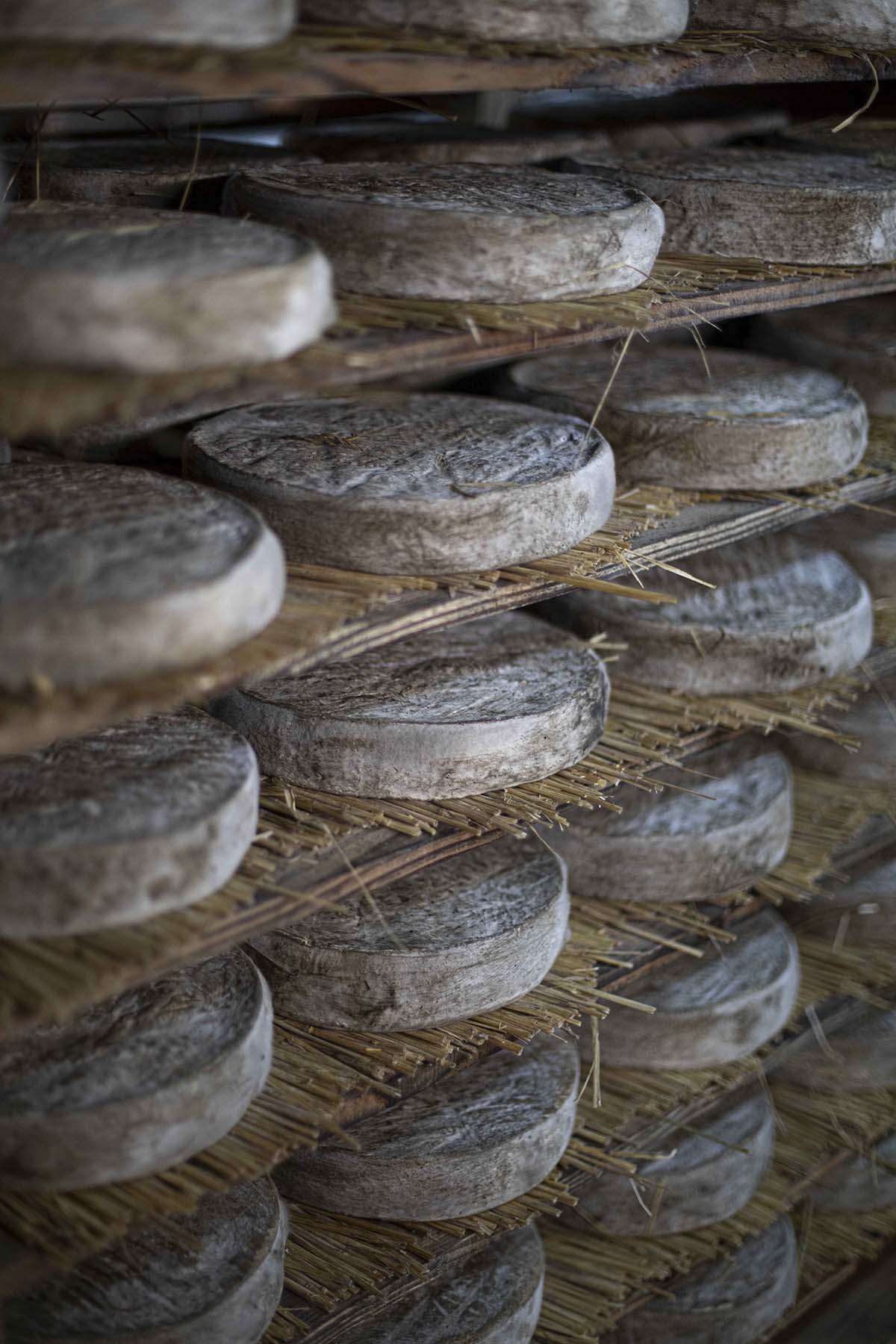
© ©PHILIPPE VAURÈS SANTAMARIA
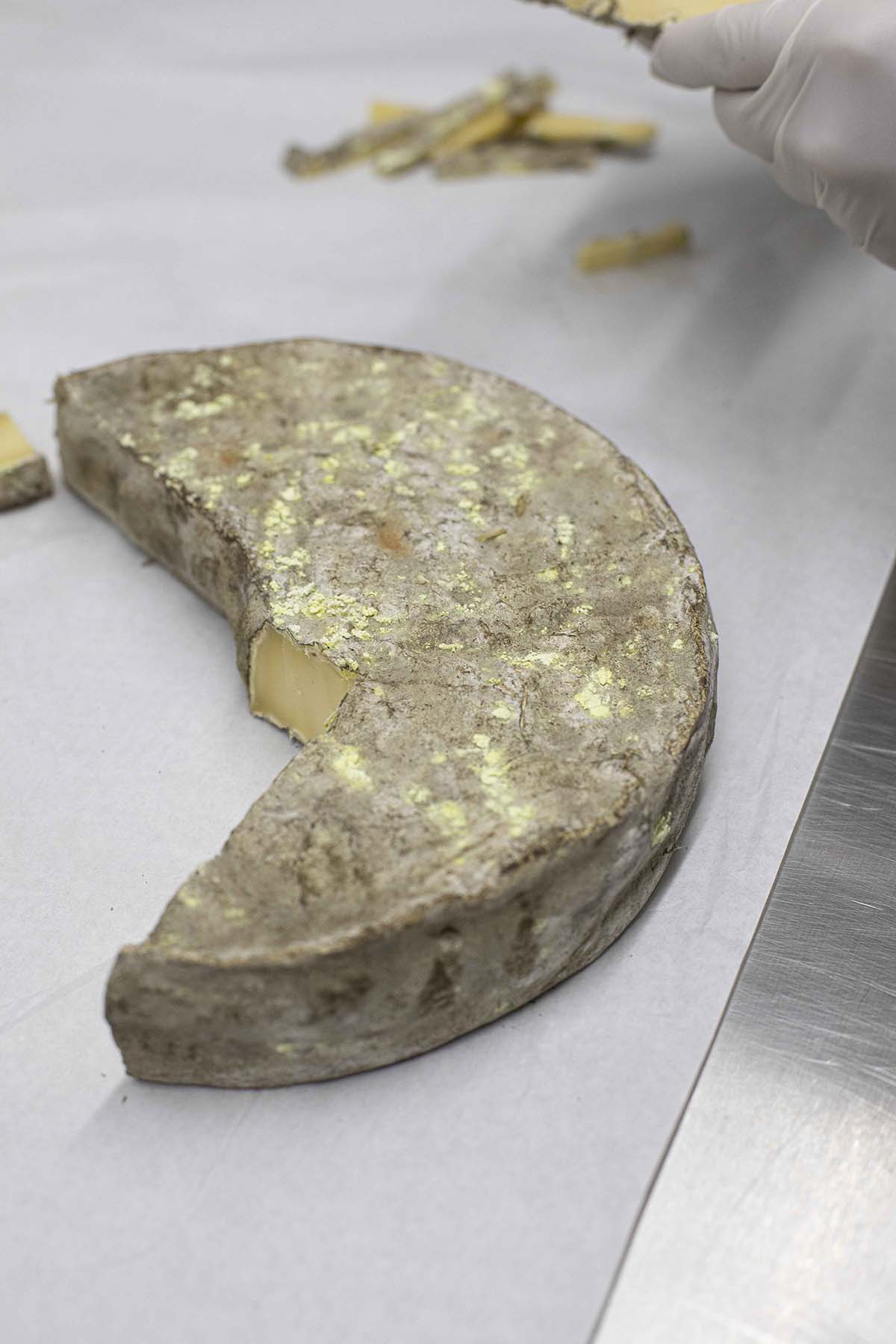
© ©PHILIPPE VAURÈS SANTAMARIA
Cooking with Saint-Nectaire
> Interested to learn more about French cheese? Check out our Beginner's Guide To French Cheese!
Contributor

Editor

